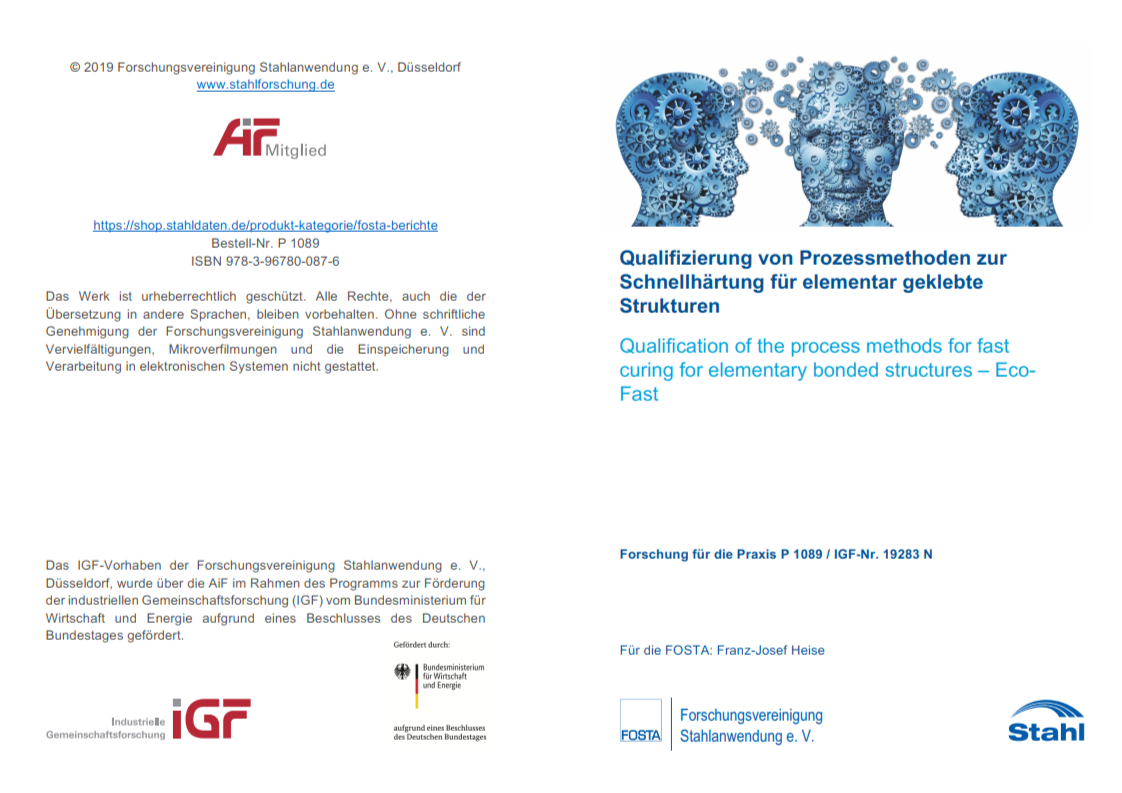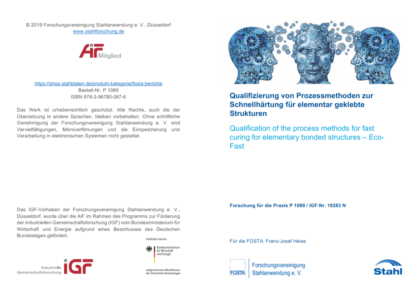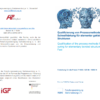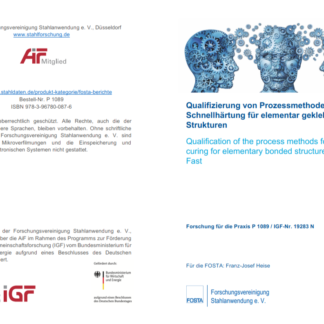Description
P 1089 – Qualification of the process methods for fast curing for elementary bonded structures – EcoFast
For economical manufacturing processes of elementarily bonded structural components for series applications, a quick strength build-up to handling strength with the same production tolerance requirements must be achieved in order to continue the manufacturing process if no fixing by thermal or mechanical processes is required. The aim of the research project was the qualification of process methods for the fast curing of highly stressed, elementarily bonded structures of the steel-intensive mixed construction method in order to realize an economical and series-capable production process. Process methods such as the induction process and the hot-air process in combination with suitable adhesive systems for the corresponding application were analyzed, evaluated and further developed. This also included the evaluation of manufacturing influences as well as the creation of process windows related to the process parameters (e.g. temperature, time) and design tolerances (e.g. adhesive layer thickness, heat conduction, etc.) of the joint. In addition, a SMErelevant rapid test was developed which makes it possible to reduce the effort required to set up a fast curing process.
In order to develop a rapid test applicable for the SME, which enables the simple selection of adhesives and the parameterization of fast curing processes, investigations were initially carried out on the basis of selected adhesive systems. It had to be examined to what extent a continuous handling strength could be achieved despite increasing sample complexity if the boundary conditions of adhesive layer thickness, material-thickness combination and adhesive surface and thus indirectly the heat conduction and the effective curing gradient were changed. This was done experimentally, but also by simulative methods.
The focused advantages to be derived from the investigations and the rapid test are, in addition to the assessment of the rapid hardenability of adhesives and the simple determination of rapid hardening parameters, the derivation of recommendations for action and the optimization of fast curing processes at the user. With the help of the project results, users from the automotive industry as well as their suppliers are enabled to design the manufacturing processes of elementary bonded structures. Manufacturers of rapid curing systems and adhesive manufacturers receive a scientifically proven basis for further developing their products.
Published in:
2019
Authors:
Prof. Dr.-Ing. G. Meschut




